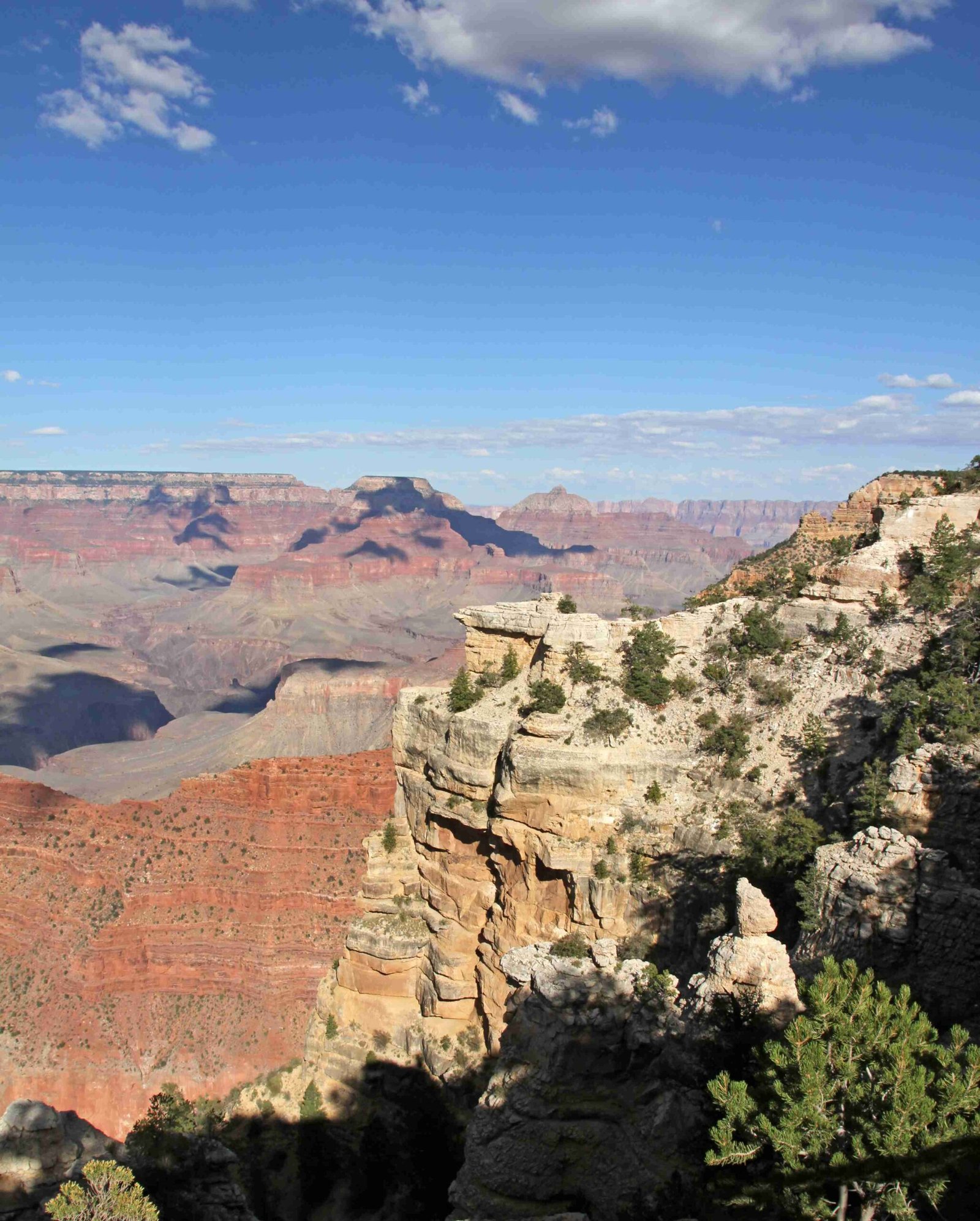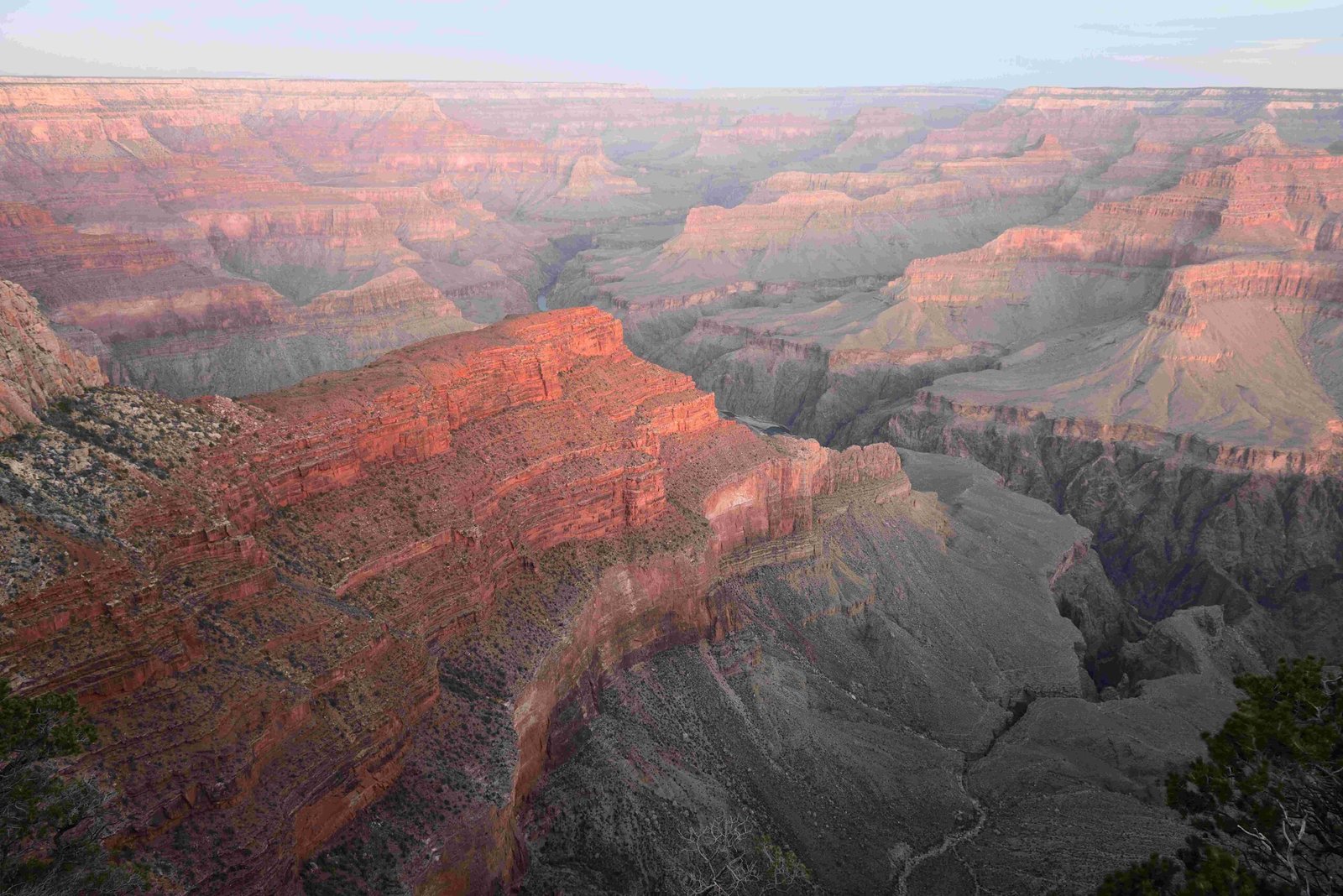The Grand Canyon, a renowned natural wonder, has long captivated travelers and geologists alike. However, contrary to popular belief, it is not the deepest canyon in the United States. Hells Canyon, straddling the border of Idaho and Oregon, claims the title of the deepest river gorge in North America, plunging an impressive 7,993 feet compared to the Grand Canyon’s 6,093 feet. This revelation challenges the common perception and invites exploration of the lesser-known but equally magnificent Hells Canyon.
What Makes a Canyon Deep?

Depth in canyons is measured from the river’s surface to the surrounding rim, considering factors like:
- Geological formation processes
- Erosion patterns
- Rock composition
- River dynamics
How Deep is Hells Canyon Compared to the Grand Canyon?
| Canyon | Location | Maximum Depth | Ranking |
|---|---|---|---|
| Hells Canyon | Idaho-Oregon Border | 7,993 feet | Deepest in US |
| Grand Canyon | Arizona | 6,093 feet | Third Deepest |
| Kings Canyon | California | 7,700 feet | Second Deepest |
Why Isn’t the Grand Canyon the Deepest?

The depth of a canyon depends on multiple geological factors:
- Erosion Rates: Different river systems erode terrain at varying speeds
- Rock Hardness: Softer rocks erode more quickly
- Tectonic Activity: Geological uplift influences canyon formation
What Unique Features Does Hells Canyon Offer?
Hells Canyon presents a dramatically different experience from the Grand Canyon:
- Rugged Wilderness: Less developed and more challenging terrain
- Remote Location: Fewer tourists and more pristine environment
- Diverse Ecosystem: Unique wildlife and vegetation
- Challenging Activities:
- Advanced hiking trails
- Whitewater rafting
- Backcountry exploration
Can Visitors Access Hells Canyon Easily?
Unlike the Grand Canyon’s well-established infrastructure, Hells Canyon requires more preparation:
- Limited visitor facilities
- Minimal signage
- Challenging access routes
- Recommended for experienced outdoor enthusiasts
What Should Travelers Consider?
| Consideration | Grand Canyon | Hells Canyon |
|---|---|---|
| Accessibility | High | Low |
| Visitor Facilities | Extensive | Limited |
| Recommended Skill Level | All levels | Advanced |
| Annual Visitors | Millions | Thousands |
Geological Significance Beyond Depth
While depth is impressive, both canyons represent remarkable geological narratives:
- Hells Canyon: Formed by the Snake River’s persistent erosion
- Grand Canyon: Carved by the Colorado River over millions of years
How Do These Canyons Impact Scientific Understanding?
Scientists study these formations to:
- Understand geological processes
- Analyze climate change effects
- Research erosion mechanisms
- Explore biodiversity adaptations
Final Perspective
The answer to “Is the Grand Canyon the Deepest Canyon in the US?” is definitively no. Hells Canyon surpasses it by nearly 2,000 feet, offering a different but equally compelling landscape for exploration and scientific study.
Reference:
– WorldAtlas – Deepest Canyons in the United States
– National Park Service – Canyon Information
– Hells Canyon Preservation Council

